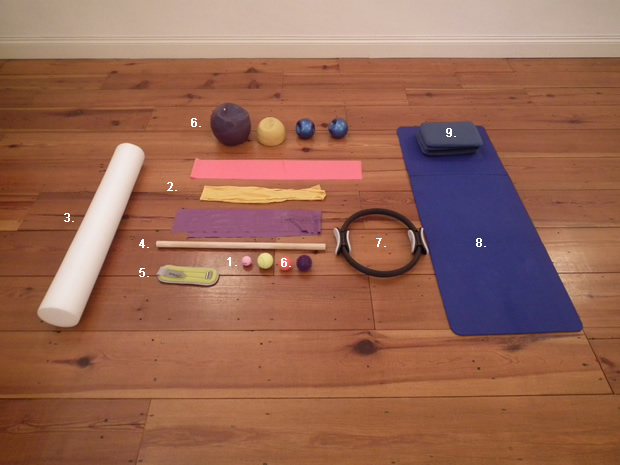The Pilates Swan Dive is an advanced exercise of which there are many variations; including the one performed by Victoria.
The Swan Dive works deeply into the back, abdominals, glutes, hamstrings and the inner thighs.
It is usual to feel the heart rate increase and to feel slightly breathless.
All clients should be aware of their own range of movement before attempting the Swan Dive, if pain in the lower back or neck is experienced it is essential to retreat to the rest position and when you next attempt the movement reduce the range of movement you aim to create with your ‘rocking’ and bring your awareness to your powerhouse muscles – aiming to really keep the abdominals scooped back towards the spine.
All video footage is aimed at existing clients with a solid understanding of core stability, lateral breathing and good Pilates alignment.
If you are not familiar with these then please contact Victoria before attempting the exercises exhibited here.







